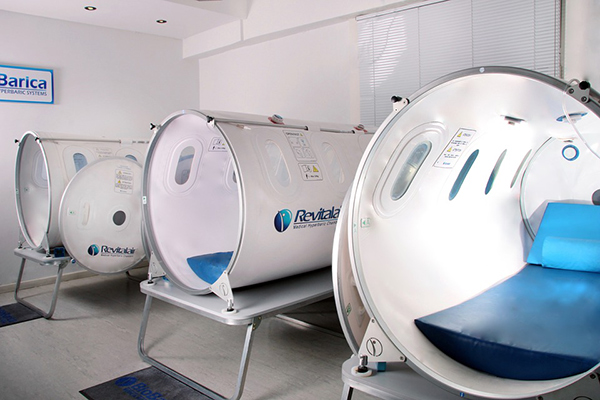Our body’s immune system and natural ability to heal pretty much allow us to exploit our capacities. Of course, we generally take measures to be careful not to get hurt or injured. But that does not necessarily limit us from taking risks with our experiences and making the most of what life gives us.
However, there are times when our body’s abilities to protect and restore itself are either misfiring or just aren’t working. We turn to medicine and therapy to augment our body’s natural healing process, but sometimes even those aren’t enough. When that happens, hyperbaric oxygen therapy may be the solution that we need for physical restoration and healing.
A hyper-what now?
You might have seen in some movies or documentaries a particular procedure involving deep-sea divers. After they come up from deep in the ocean, they must enter a special chamber. They need to stay there for some time before they step out into the open air. Otherwise, they appear to suffer violent spasms that can lead to their death.
The hyperbaric chamber is that same special chamber. Both deep-sea and scuba divers use it to treat themselves for decompression sickness, an expected hazard when one goes too deep into the ocean. Current technological developments have transformed the chamber into what is now called hyperbaric oxygen therapy or HBOT.
A quick reading of related literature about HBOT tells us that it is a form of therapy where a patient breathes 100% oxygen while subjected to higher-than-normal air pressure. This increases the oxygen content of the patient’s blood, which in turn leads to a better bodily response to recovery. The following are a few of the health conditions that can significantly benefit from HBOT.
Chronic wounds
We get a scratch or a cut, and we cover it with a Band-Aid. The wound heals quick, no sweat.
That’s how it goes most of the time for us. If a wound gets any deeper, it’s still not a problem with a few stitches.
But there are nasty situations when a wound won’t close at all and gets infected. What’s worse is when the infection becomes so severe that it causes necrosis, or death of the affected tissues and muscles. When standard treatments using antibiotics do not seem to work on such chronic wounds, HBOT can be the next best option.
Increasing the oxygen content in the patient’s blood through HBOT improves the body’s ability to counter infections, promote healing, and speed up recovery. The method is so effective FDA gave its approval for HBOT as a treatment option for people who are suffering from chronic wounds.
Fibromyalgia
It’s strange enough that this painful condition mostly affects women, and it could happen at any age. What’s terrible is that it’s a multi-systemic disease, which means that it could harm more than one organ system of the body at the same time.
Typically, the treatment of fibromyalgia is through medications combined with some forms of physical therapy. That could include stretching or yoga, and even massage. Some would also recommend immersing themselves in a hot tub or pool.
The good news is that hyperbaric oxygen therapy is also useful in treating fibromyalgia. More than that, a study confirmed that HBOT could even reverse the condition, allowing a patient to reduce or even go off medications completely.
Cancer
For most people, getting told that they have the “Big C” is practically hearing a death sentence. We all know what comes next after such a diagnosis. Chemotherapy and radiation treatments that seem to damage patients even more leaves many patients wondering if it’s the cancer that’s killing them or the treatment.
We can all rejoice and be thankful that cancer cells hate high oxygen levels. That means that the method of HBOT for treatment is detrimental to the growth of these destructive cells.
With the positive response of our bodies to increased oxygen levels, elevated immune defenses, and healing going against weakened cancer cells, people now have more chances of beating the “Big C”. Nonetheless, specialists still state that the use of HBOT should go together with current standard treatments.
We can all be grateful that there’s plenty of good in technology development. While what we do today may have serious consequences in the future, our continuing efforts to become better and leave a lasting legacy to the next generation is promising.
Hence, let’s not only live healthy lives but also promote what is right for everyone. We know that HBOT works, so we should use it, develop it, and ensure that such a technology is within reach of anyone who may need it.
